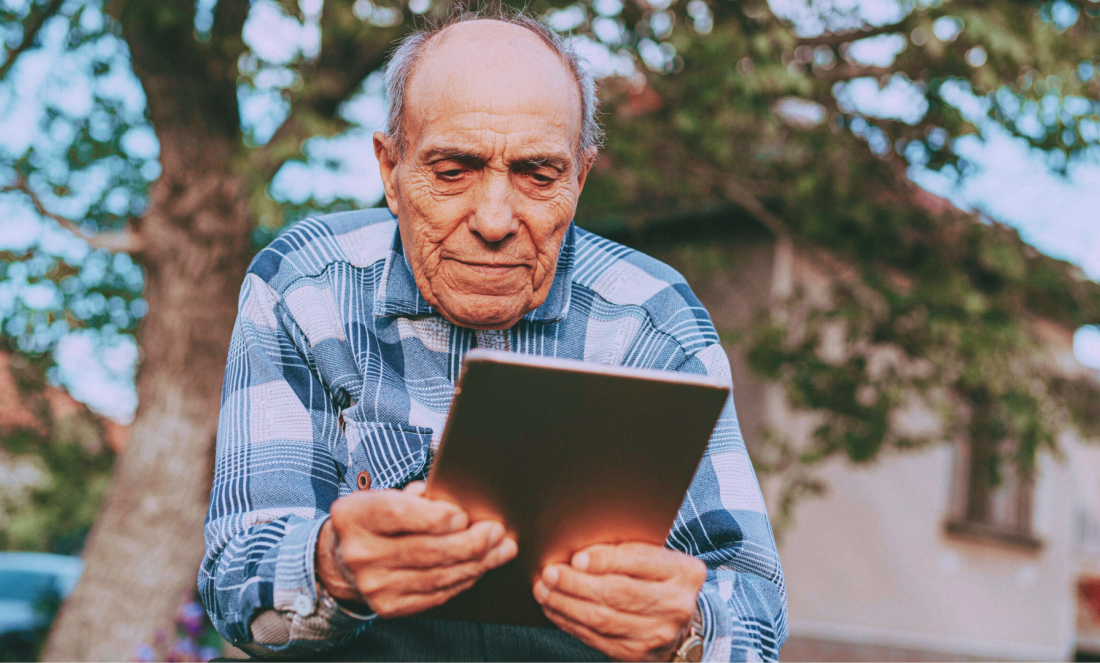
Bridging the gap between digital technologies and older people
On 27 March 2006, the United Nations General Assembly adopted Resolution 60/252, proclaiming 17 May as World Information Society Day (#internetday), to promote the proper use and spread the enormous benefits of the Internet and digital technologies to people around the world.
In each of the editions of #internetday, the Impulse Committee (IC), made up of more than 50 social organisations, chooses a theme on which to focus the actions and activities to celebrate the ephemeris.
The theme chosen for the 2022 edition is "Internet and digital technologies for older people and healthy ageing" proposed by the ITU and unanimously approved at the Impulse Committee meeting on 24 June 2021. On this occasion, we have prepared this Decalogue proposing measures that facilitate access to and use of digital technologies for older people and contribute to their empowerment.
Towards a digital transformation adapted to the elderly
Older people constitute a very heterogeneous and growing segment of the population in Europe. In Spain, 20% of the population, nine and a half million, are elderly.
Special attention needs to be paid to older people with disabilities (30% of the group), due to their special vulnerability and the appearance or aggravation of dependencies that can occur in parallel to the ageing process.
In addition, being an older woman sometimes entails a double discrimination due to the socio-cultural and economic context that often aggravates their situation, as they are sometimes left with the task of caring for other members of the family.
The use of digital technologies in the elderly is already an increasingly relevant transversal and structuring element in their daily lives that helps them to be present and participate in society, to exercise their rights, to avoid the appearance of unwanted loneliness and to age in a healthier way.
On the other hand, we are facing an accelerated digital transformation where we find devices, services and technologies that are not adapted to the elderly, preventing them from making use of services or even claiming their rights on an equal footing with the rest.
At the same time, this access to the opportunities and benefits of digitalisation must be able to take place in a reliable and secure environment. Therefore, as in the physical world, it is important that they learn how to protect themselves and identify possible deceptions through campaigns and actions aimed at bringing the principles of cybersecurity closer to this group.
Ensuring the full inclusion of the elderly, with and without disabilities, requires the establishment of social measures and resources aimed at providing responses focused on full respect for their dignity, rights, interests and preferences, with their effective participation.
Choosing digital technologies from a human perspective with the elderly in mind will contribute to their empowerment as citizens, to their personal development, to improving their daily lives and to healthier ageing. This, in turn, makes us all better as a society.
10 measures to facilitate access to and use of digital technologies for older people and contribute to their empowerment:
- Promote social attitudes based on full respect for their dignity, freedom, interests, preferences and their right to participate and have an effective social life so that older people, including older people with disabilities, are contextualised in the Digital Society, so that they can play their rightful role on an equal footing.
- Respect and enforce what has already been approved in the International Convention on the Rights of Persons with Disabilities as well as in Spanish and European Union legislation with regard to the obligations of accessibility and absence of barriers in the devices, applications and services that make up digital technologies.
- Promote, encourage and defend that technological devices, products, applications and services are accessible to all people, with special attention to the Internet, so that it maintains its universal and accessible design for any type of elderly person and provides them with the same facilities as the rest of the population.
- Develop initiatives and public aid schemes to provide older people with the knowledge and skills necessary to be able to independently use digital tools: devices, applications and services and thus guarantee an equal user experience. Support and promote activities in the Digital Skills Centres to enable older people to become autonomous in all facets of the digital reality.
- Promote the safe use of digital technologies for older people by equipping them with the necessary knowledge and skills, with specific cybersecurity awareness projects and campaigns that increase the level of protection against Internet threats and help them to prevent possible cyber-incidents.
- Invest in analysis, studies and research to anticipate and respond adequately to the demands and needs of older people in the digital society, providing them with realistic funding through specific support schemes.
- Enhance the importance of senior talent and experience in order to give them a place in society, seeking formulas, through digital technologies, so that older people can continue to contribute talent and experience.
- Avoid discrimination and algorithmic biases based on age or disability in new applications of Artificial Intelligence. Encourage social algorithms with ethical, responsible and inclusive criteria to serve as a guiding and prescriptive framework for a social dimension to Artificial Intelligence.
- Pay special attention to new legislative reforms in the field of digital technologies, supporting them and providing them with adequate resources to make them viable and effective for the elderly.
- Promote specific support and training plans to encourage and facilitate the use of technologies by older people: that public policies, strategies, action plans, laws and non-discriminatory regulations that promote and guarantee the full enjoyment of all their rights and fundamental freedoms are approved and implemented, enabling the whole of society to be connected.
Text originally published in: diadeinternet.org

Add new comment